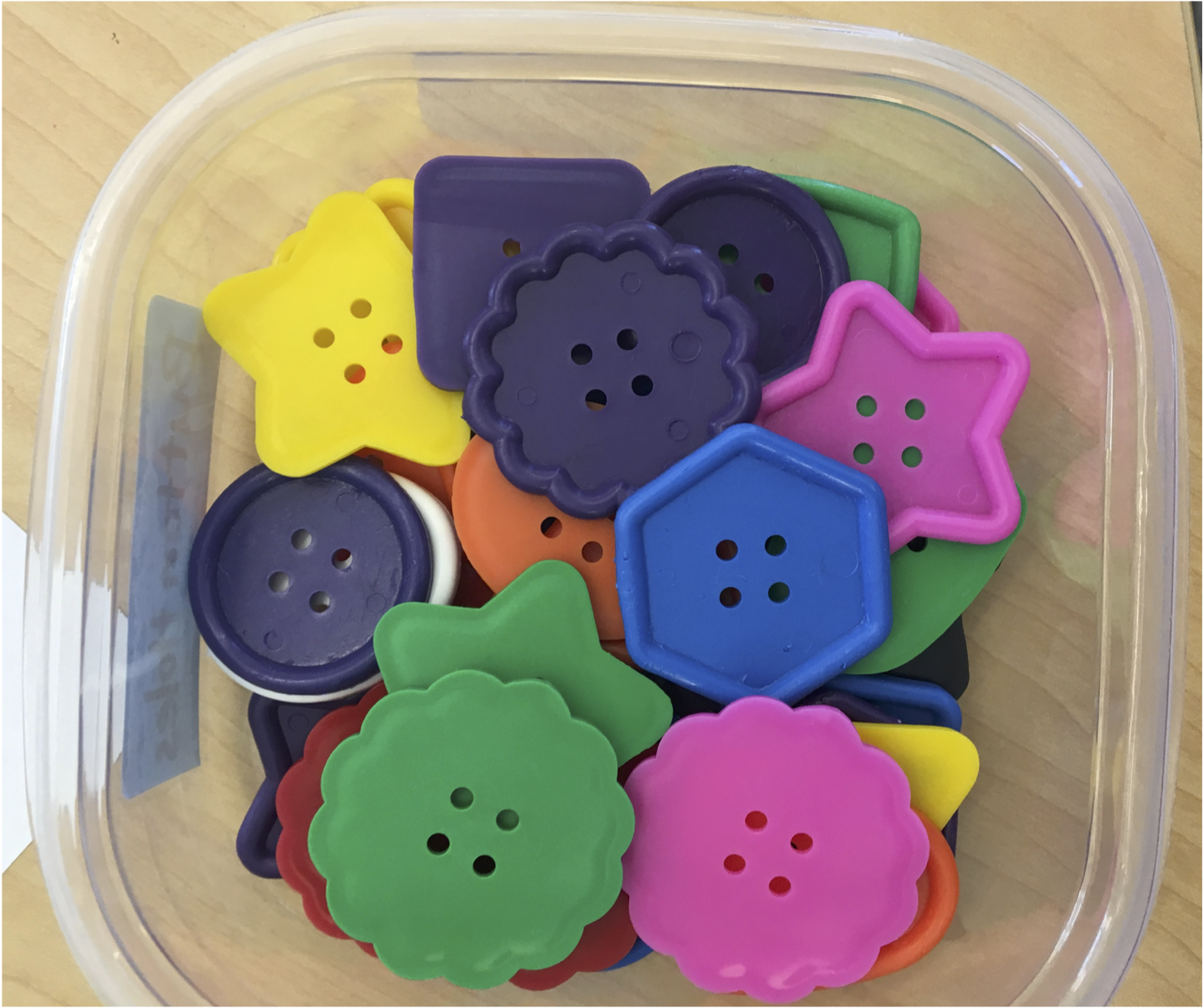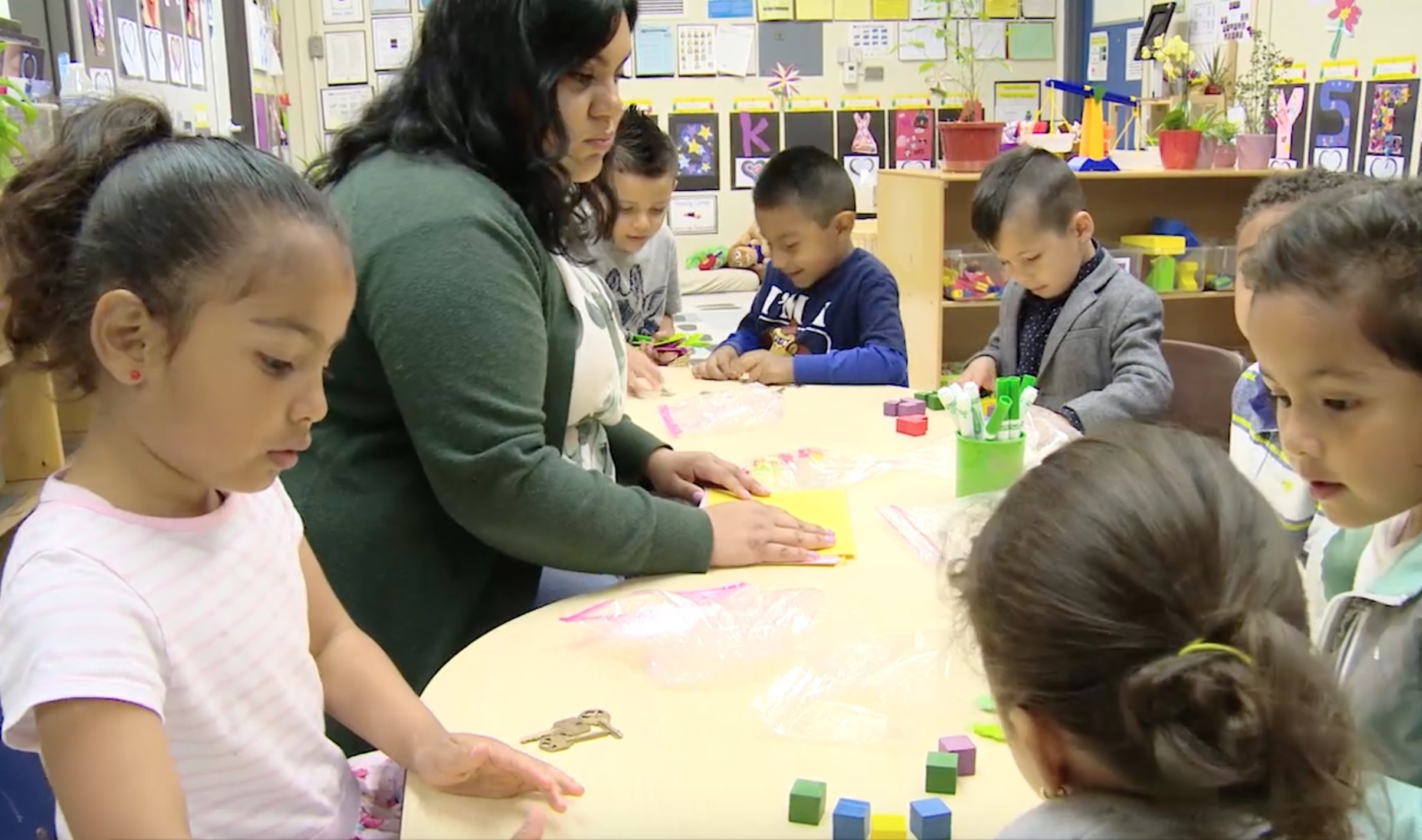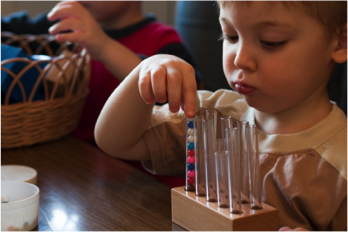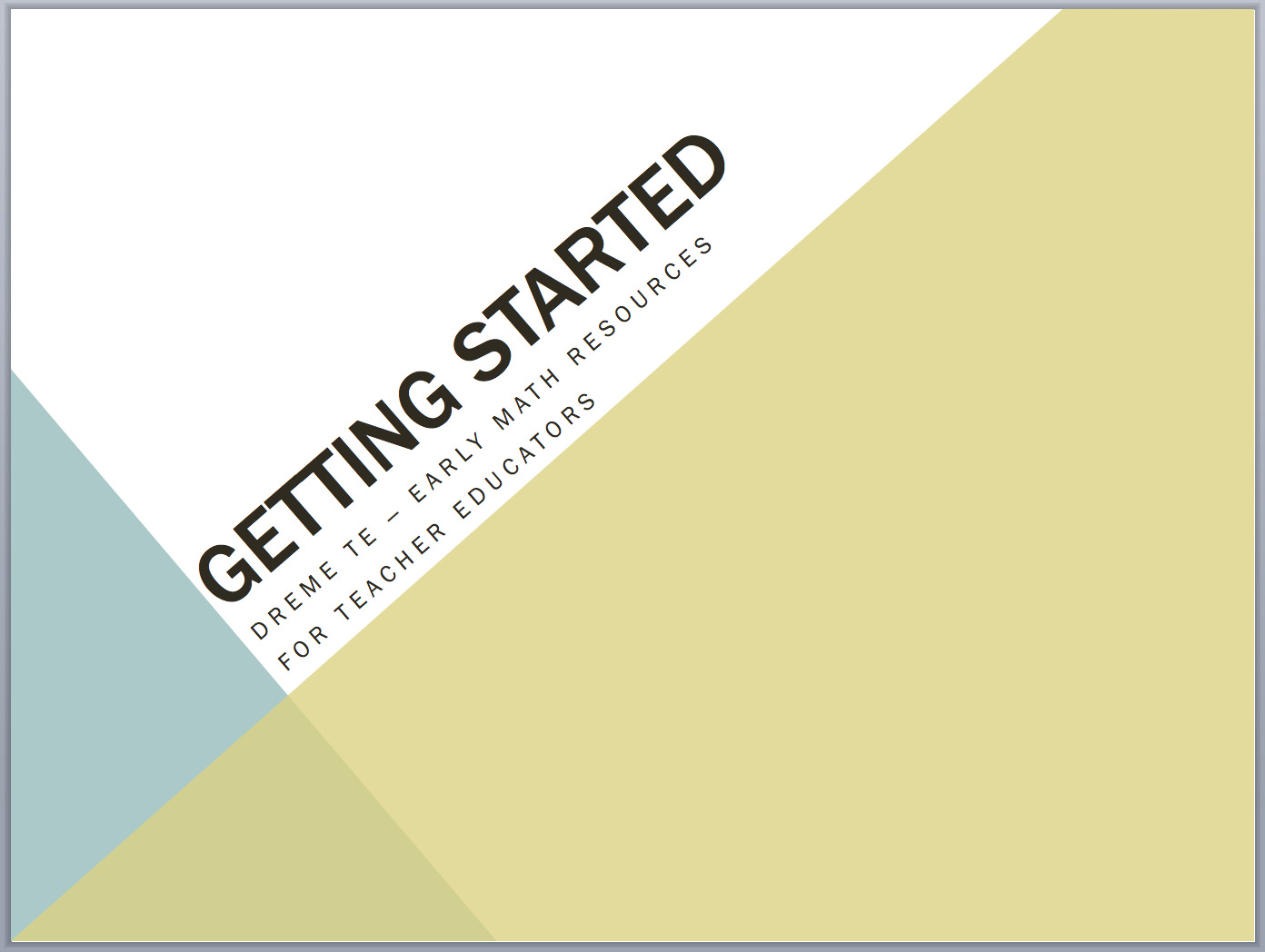A frequent challenge for teachers is supporting childnren’s transition into solving addition and subtraction problems. How do we get started? Do we pose a word problem? Do we show a number sentence (3+4=__)? Do we ask students to put up three fingers and four fingers and count them all? Focusing on counting, specifically counting collections of objects can help teachers see what their students already know. This enables teachers to begin asking questions that involve addition and subtraction ideas in ways that make sense to the child. The following activity helps participants notice and support children’s sense-making about the actions involved in the operations: joining, separating, comparing and even grouping (multiplication and division).
by Megan Franke
Activity for Teacher Educators
Preparation
- This activity builds on the Counting Collections activities in the Counting module. Read over the Counting Collections Overview to help support your understanding of this activity.
- Before beginning this activity, look over Supporting Counting to Problem Solving.
- Review Counting on Counting for details on how children count, including the Core Counting Principles.
- Watch and select some videos of young children engaging in operations, available here and here.
Extending Counting to Problem Solving
 Count a Collection as a Young Child Would
Count a Collection as a Young Child Would
Start with the participants together in a whole-group setting where they can see you take on the role of a young child as you count a collection.
As participants watch, count a collection of 15 to 25 objects. Make explicit your actions and your counting words. For your first count, count correctly—be sure to use all of the core counting principles.
Generate Questions that Extend into Operations
Without cleaning up the collection or moving anything after your count, ask the participants to consider whether there is a question about separating that they might want to ask you, the child. The goal is to generate a range of questions, such as: "What would happen if two of your bears walked away? What if you gave me two of your cars? There are many separating questions you could ask and it can be helpful to write these up on the board.
Once you have generated a range of questions, choose one and ask participants how they think children would respond.
Any response tells us something about the child’s thinking and being asked encourages the child to reason about the action in relation to their collection.
Role Play
Ask participants to work with a partner to count a collection of 15-25 objects as they think a child would.
You want collections to vary so that folks are counting different objects and you want what is in the collections to have attributes that vary (such as different colored bears or different sizes of puff balls or even different vehicles). The variety will encourage participants to sort, which will provide opportunities for asking joining, separating, comparing, and grouping questions about the counted collection.
After counting the collection, have each pair generate one separating and one joining question that they think builds off of the collection and how they (role playing the child) counted.
Whole Group Discussion
Ask participants to share their ideas with the group, noting the questions and what actions they involve. Choose one collection and one question that was shared to use with the whole group. Ask participants to generate the range of responses they think young children would give and what those responses tell about what the child knows. It is important to work on not pushing the child to do what the teacher wants, but to let them explain what they are thinking. They do not need to complete the addition or subtraction accurately to be learning about these operations in important ways. If time permits, try another collection and a new type of question for different actions, for example, where the child is asked to compare, or add on to, or group, and so on. See the Problem Types Chart here for more ideas.
Use Classroom Video to Support Engagement
Watch and discuss video to support participants in understanding the details of young children engaging in operations. You might choose to watch Jayden, Patrick, or Leo as a starting point.



